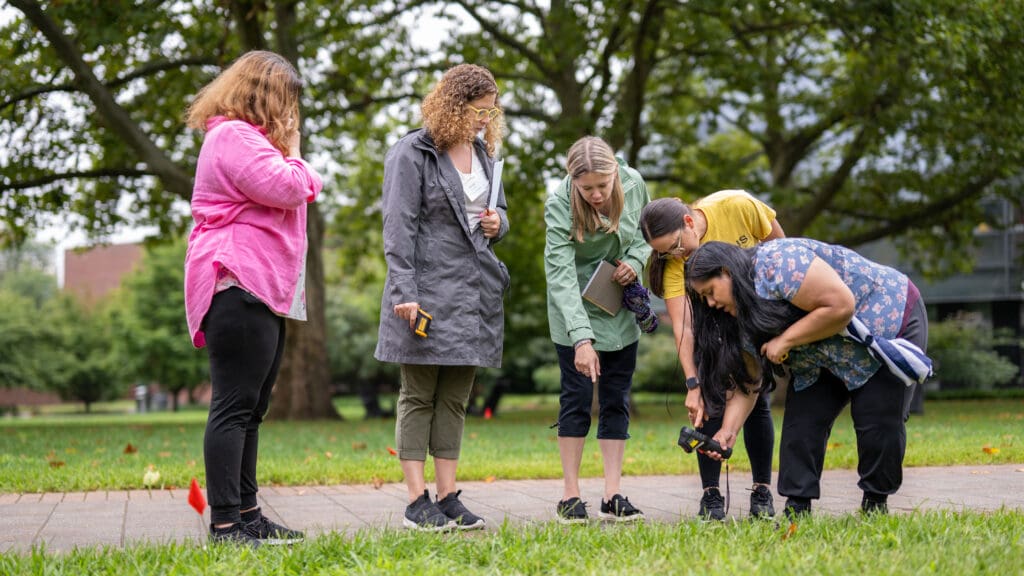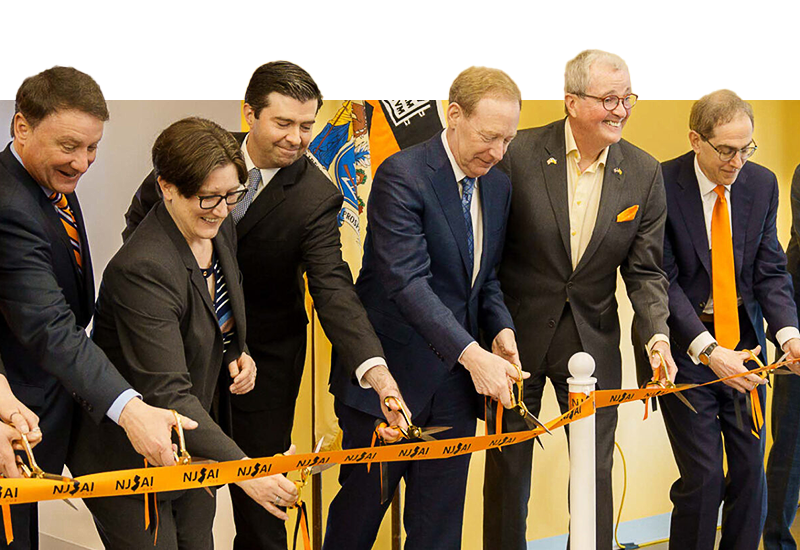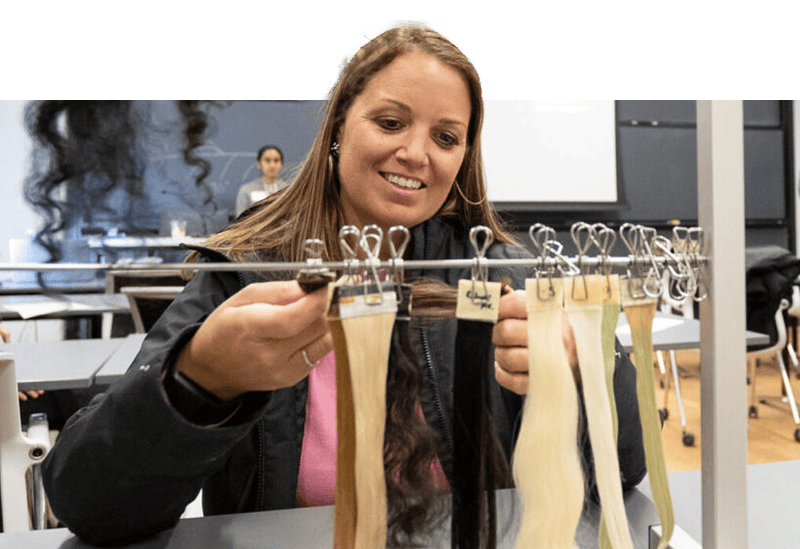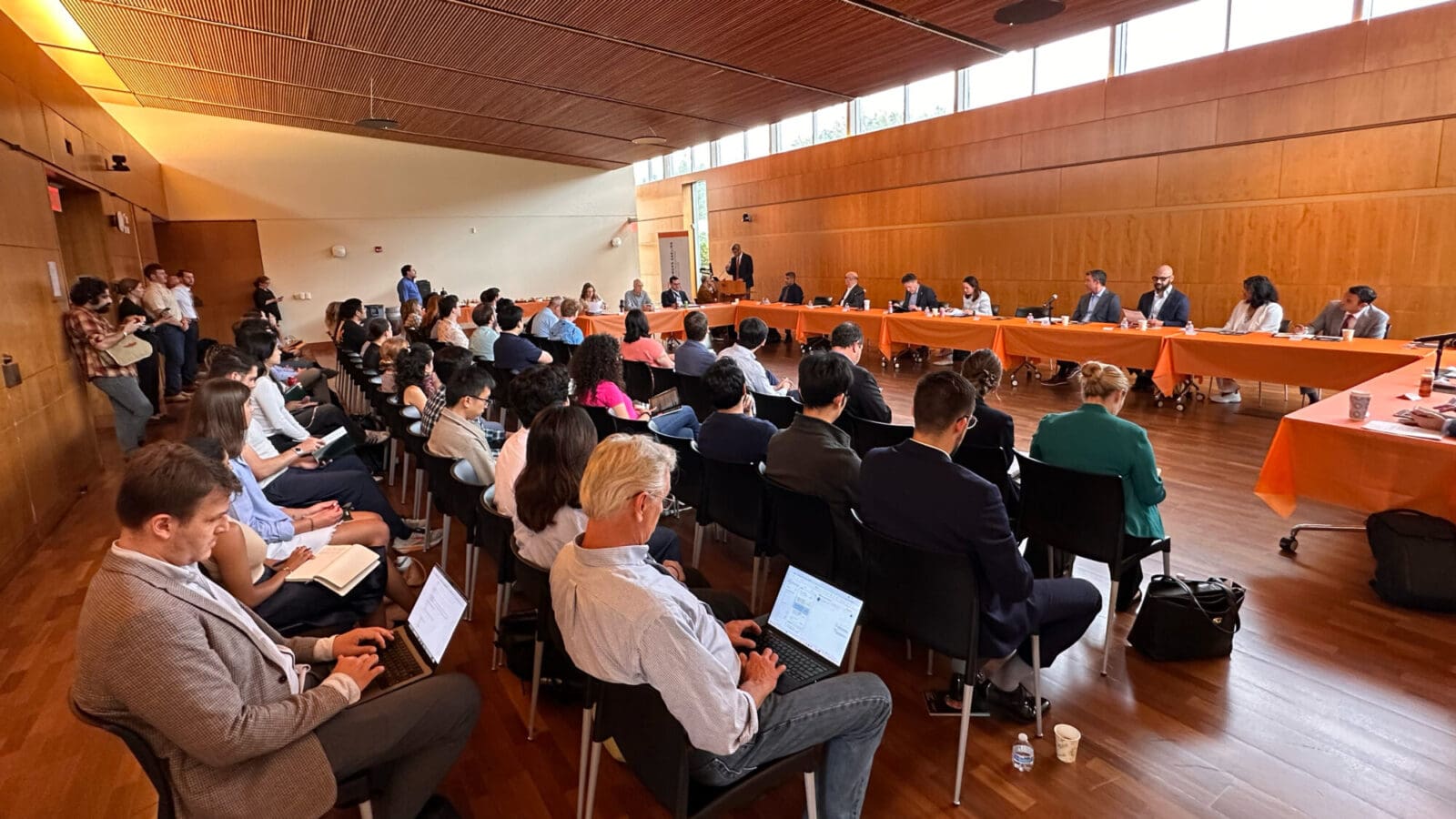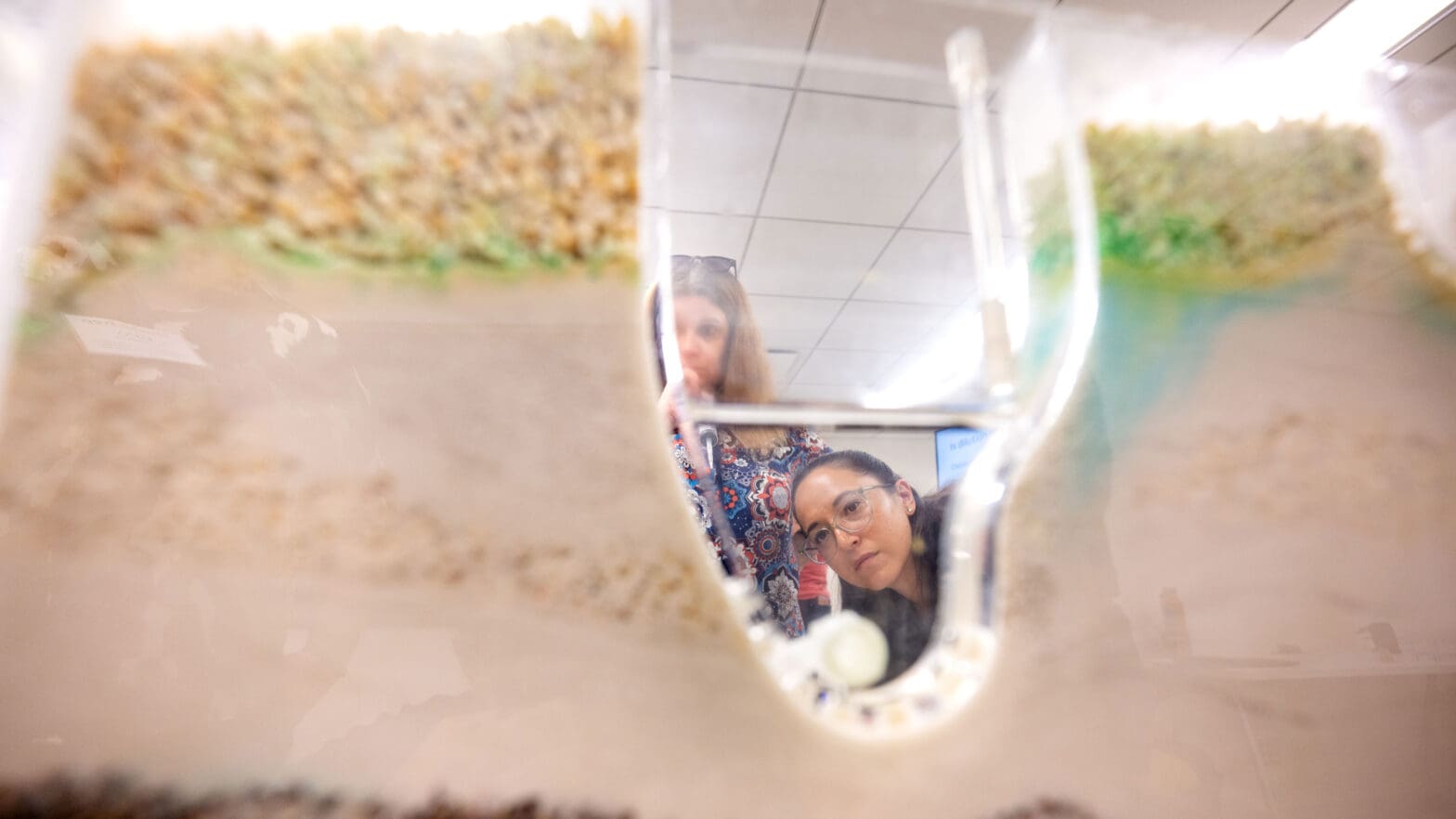
What brings teachers from across New Jersey into Princeton classrooms?
By
on
Vrunda Phanse, who teaches math at Trenton Middle School, took over at the board to sketch sedimentary soil layers. Yolanda Gonzalez, a 6th grade teacher at New Brunswick Middle School, added colored water to a sand tank, a desktop hydrology model that looked like an extra-large ant farm.
“If I put it in the landfill, what happens?” Gonzalez asked, adding red dye to the system. The dye trickled through layers of sediment and into a water-filled pool in the model. “And then it rains. It goes into the lake.”
“Hopefully, you’re not getting your drinking water from the lake,” another participant observed.
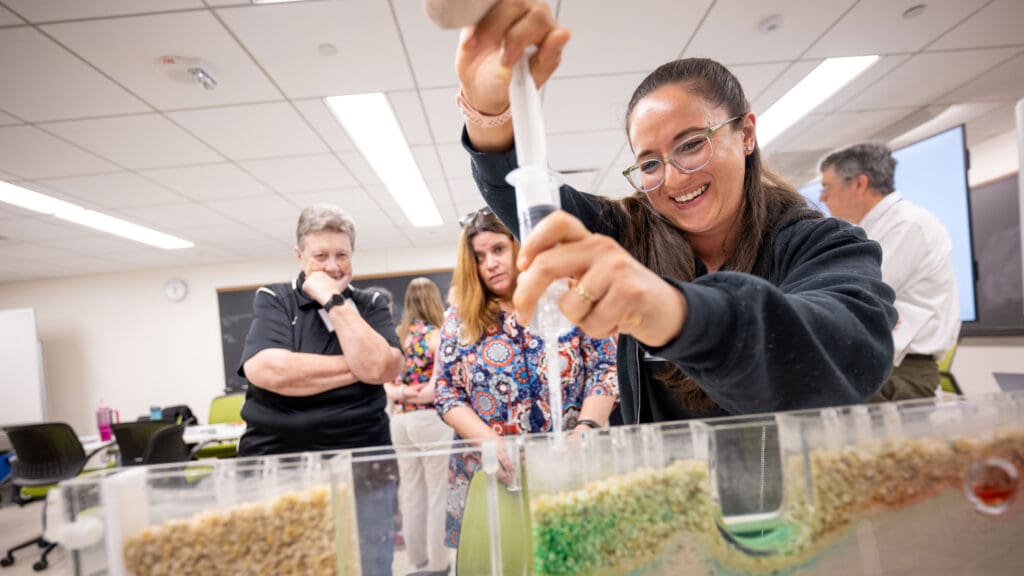
Teachers from around New Jersey traveled to campus this summer to take part in Princeton University’s annual QUEST program, or more formally, Questioning Underlies Effective Science Teaching. QUEST, sponsored by faculty members and academic departments, offers three weeks of science programs for teachers in grades 1-12. Jessica Monaghan, an assistant director in the University’s Program in Teacher Preparation, said the goal is to expose the teachers to cutting-edge research and offer ways they can use data to engage their students.
“The teachers get to be students again and feel what it is like to be a learner in the classroom,” she said.
Monaghan said members of the Princeton faculty create field experiences, hands on activities, and lessons designed to help teachers in STEM classrooms at different academic levels.
“The faculty that are doing this are incredible in dedicating their own time and energy to make this happen,” she said.
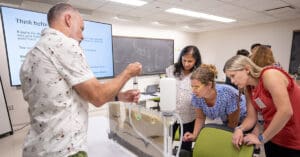
Maxwell, the William and Edna Macaleer Professor of Engineering and Applied Science, dedicated part of his interactive lecture to explaining how the soil makeup can drastically affect how fast and how far pollution spreads through groundwater. He sketched some of the mathematics behind the movement and used desktop sand tank models for a hands-on demonstration.
“Sometimes, it can take a really long time to make its way into drinking water,” said Maxwell, a professor of civil and environmental engineering and the High Meadows Environmental Institute. “Other times, it happens almost right away.”
Maxwell fielded questions about hydrology and also about ways to bring the information to the classroom. Teachers were interested in reproducing the sand tank models for their own classrooms and in ways to connect with students.
Lisa Gallagher, an education and outreach specialist in civil and environmental engineering, said instructors focus on fundamental concepts and how teachers can present them using a variety of tools and learning styles.
“Our goal is for them to grasp the foundational material and apply it effectively in their classrooms,” Gallagher said.
Mary Beth Hughes, a 6th grade teacher from Hillsborough Township School District, said she was interested in reproducing many activities in her classroom.
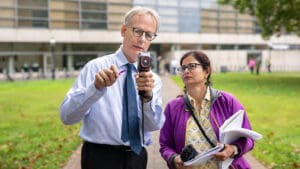
“It might not be the specific content that I bring back to the classroom,” she said. “It gives me background and helps me understand the science a little more.”
Heidi Wachtin, one of the lead teachers for this summer’s program, said the courses can be inspirational for teachers. Wachtin, who teaches at the Thomas Grover Middle School in the West Windsor Plainsboro school district, said she first attended QUEST as an elementary school teacher without a science background.
“I was hooked. It was so much fun between learning the content at a high level and the hands-on activities,” she said. Wachtin has since become a full-time science teacher. “Absolutely, it inspired me to be comfortable in the classroom,” she said.
